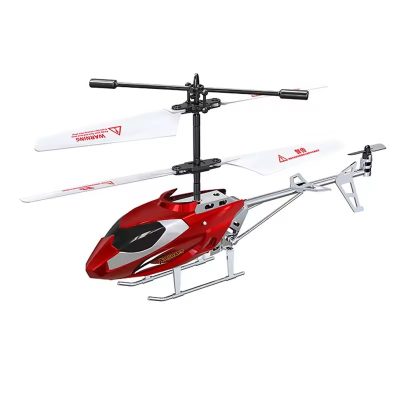Introduction
Once you’ve mastered the basics of flying an RC helicopter, advancing to more complex maneuvers can elevate your skills and enjoyment. Learning advanced maneuvers requires practice, patience, and precision. This blog post will introduce you to some challenging and exciting maneuvers to master with your RC helicopter.
1. The Hover
The hover is the foundation for all other maneuvers:
- Technique: Position your helicopter at a specific height and maintain a steady hover. Focus on small adjustments to the throttle and cyclic controls to keep the helicopter stable.
- Practice: Start with tail-in hover (nose facing away from you) and progress to side-on and nose-in hovers as you become more comfortable.
2. Forward Flight
Transitioning from a hover to forward flight involves coordination and control:
- Technique: Gently push the cyclic control forward to initiate forward movement. Use the rudder to keep the helicopter’s nose aligned with the flight path.
- Practice: Fly straight lines, then progress to figure-eights and circuits to improve your control and precision.
3. Pirouettes
Pirouettes add flair to your flying skills:
- Technique: While hovering, use the rudder to rotate the helicopter 360 degrees around its vertical axis. Maintain altitude and position during the rotation.
- Practice: Start with slow rotations and gradually increase the speed as you gain confidence and control.
4. Loops and Rolls
Loops and rolls are aerobatic maneuvers that require precise control:
- Loops: Begin with forward flight, then apply back cyclic to bring the helicopter into a vertical climb. Complete the loop by continuing the cyclic input to return to level flight.
- Rolls: From forward flight, apply aileron input to roll the helicopter along its longitudinal axis. Maintain throttle and cyclic control to keep the roll smooth and continuous.
- Practice: Perform these maneuvers at a safe altitude to allow for recovery if needed. Focus on smooth, consistent inputs.
5. Inverted Flight
Flying upside-down (inverted) adds a new level of challenge:
- Technique: Transition to inverted flight by performing a half-loop or roll. Maintain negative collective pitch to keep the helicopter stable and in the air.
- Practice: Start with short periods of inverted flight, gradually increasing the duration as you become more comfortable. Pay attention to the reversed controls for collective pitch and cyclic movements.
6. Autorotation
Autorotation is a critical skill for emergency landings:
- Technique: In the event of a power failure, reduce throttle to initiate autorotation. Use collective pitch to control descent rate and cyclic control to maintain stability and direction.
- Practice: Perform controlled autorotation landings from various altitudes to build confidence and proficiency in handling emergency situations.
Conclusion
Mastering advanced maneuvers with your RC helicopter requires dedication, practice, and precision. Start with fundamental skills like hovering and forward flight, then progress to more complex maneuvers like pirouettes, loops, rolls, inverted flight, and autorotation. By consistently practicing and refining your skills, you can enjoy the full thrill and excitement that RC helicopter flying has to offer.








